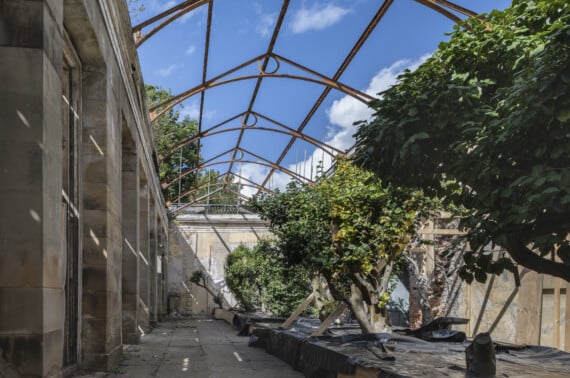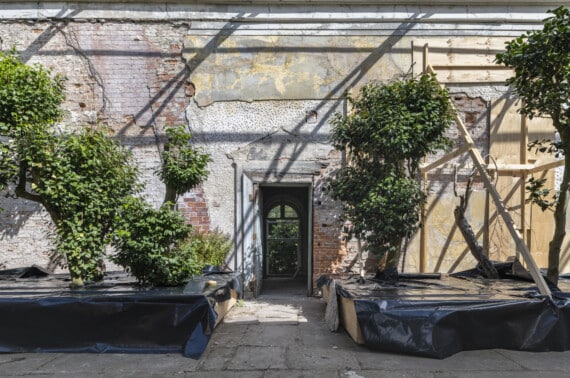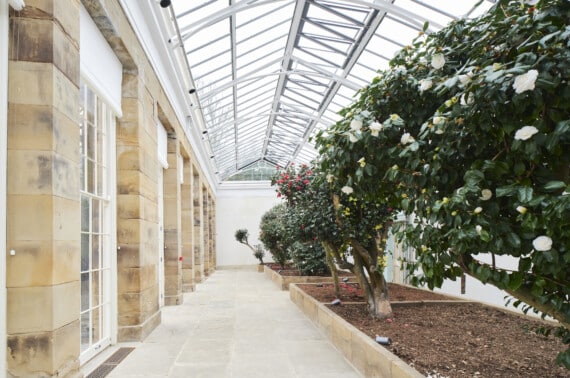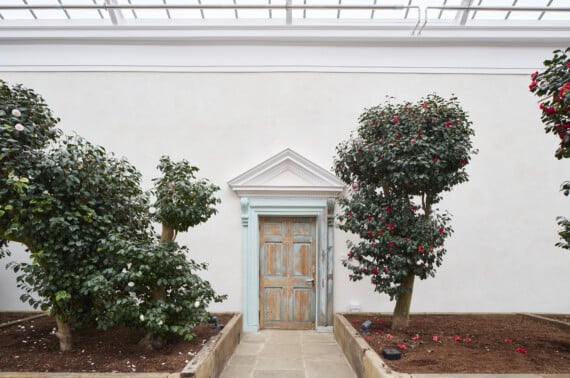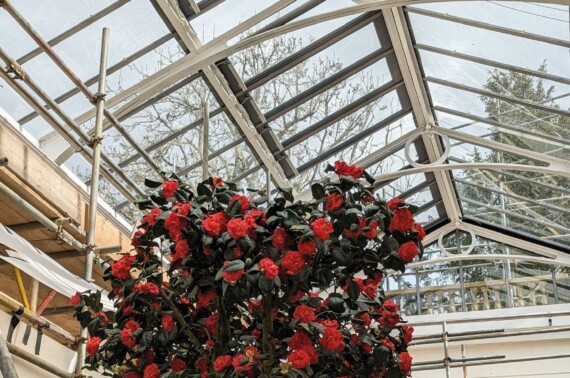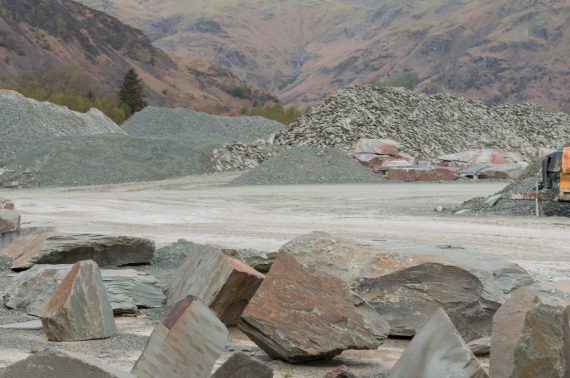Blooming once again: the restored Camellia House at Wentworth Woodhouse opens to the public
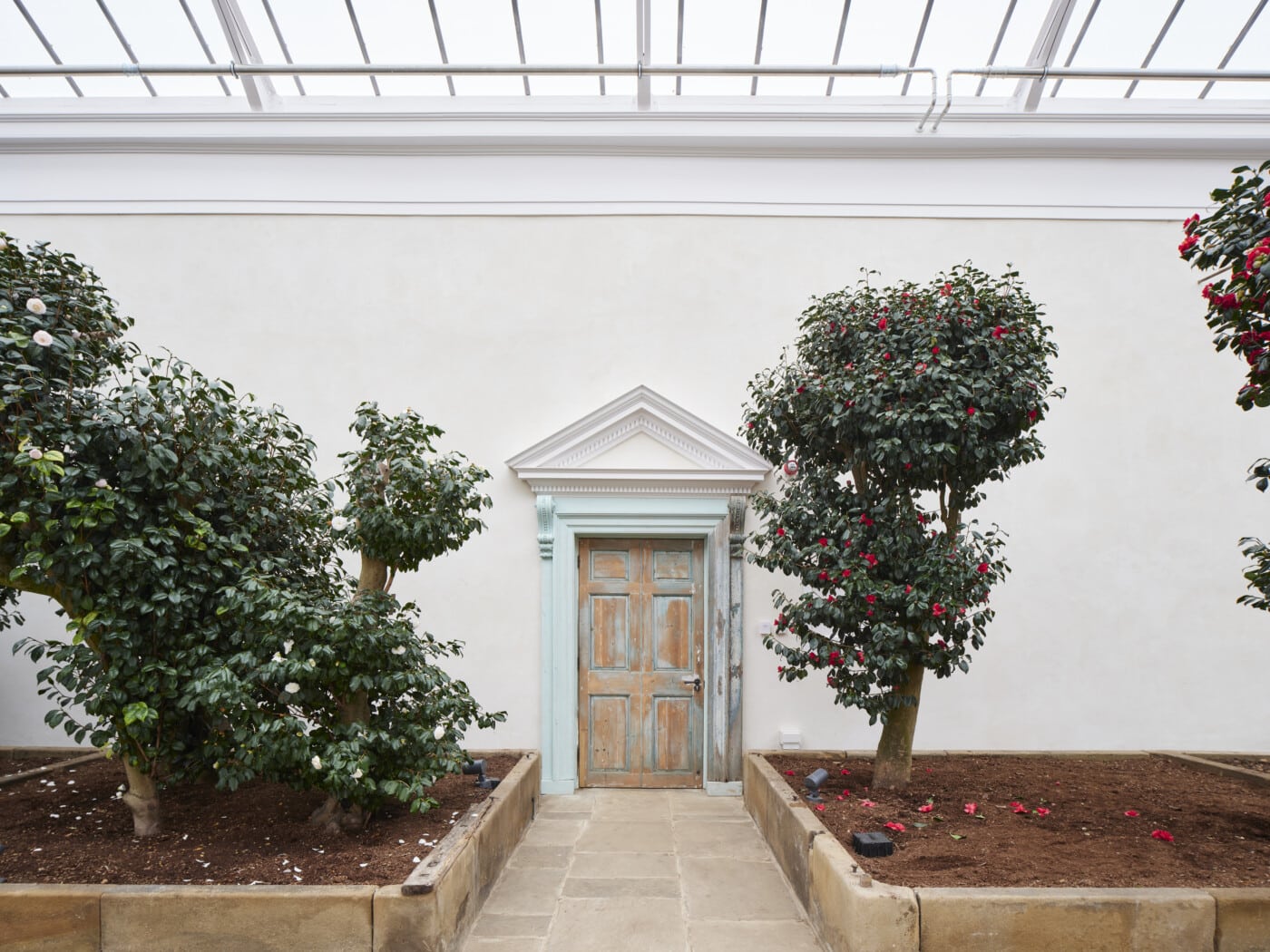
A Grade II*-listed Georgian building housing some of the rarest camellias in the Western world is now open to the public, having transformed from a heritage-at-risk to a tea room for all.
The Camellia House at Wentworth Woodhouse, sat derelict for five decades, was listed on the Historic England ‘Buildings at Risk’ register. As part of our ongoing work to preserve and reimagine the wider estate at Wentworth Woodhouse, Insall led a £5m conservation project to restore and enhance the building so it can be opened to the public. Visitors can now enjoy the camellias in the same way Lady Rockingham entertained guests there in the 1800s with what was then a fashionable drink of the day: tea.
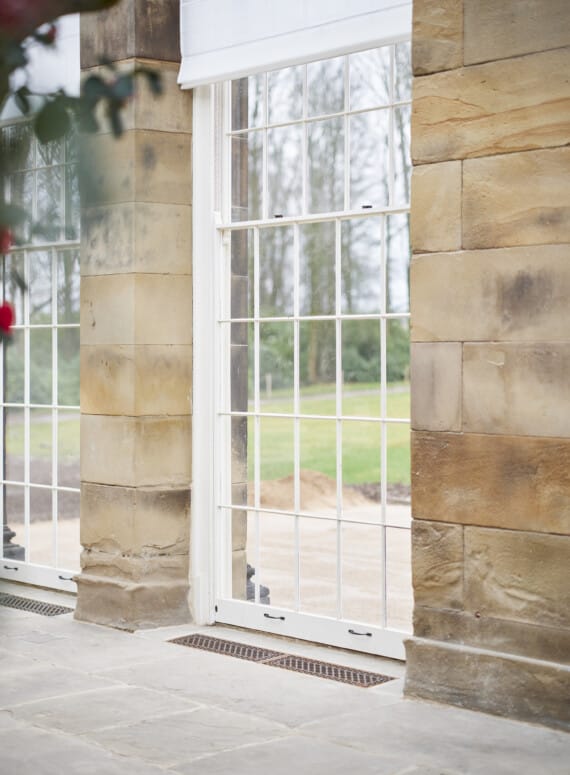
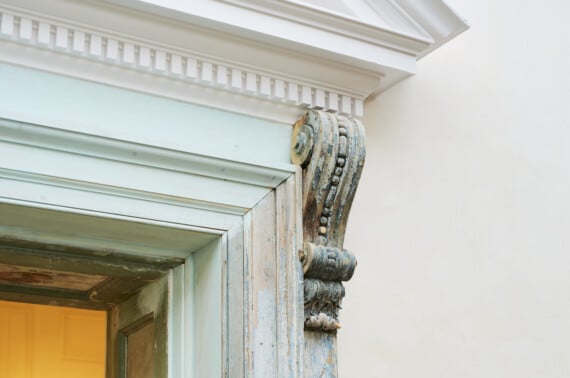
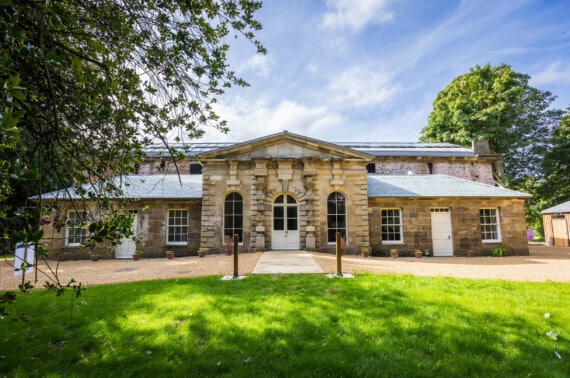
The Camellia House was designed by architects Watson and Pritchett in 1812, but its oldest parts date from 1738. It was originally built as a tea house where the Marchioness of Rockingham Lady Mary Finch would entertain her friends. It later became home to some of Britain’s first camellias to arrive from China and Japan. It remained a beloved family haunt up to the 20th century, but since the owners departed in the 1980s, the Camellia House fell into decline, its floral residents forgotten.
After decades of neglect, the camellias had become completely overgrown. The roof of the Camellia House collapsed, and the plants outgrew the building, peering through the broken roof. A key challenge has been to restore the roof in a way that would not disturb the flowers and also help conserve them for the future.
The project secures a sustainable future for the 290sqm site while creating 22 jobs for the local community. As with most of Wentworth Woodhouse Preservation Trust’s conservation projects, work at The Camellia House has provided an opportunity to involve skilled craftspeople who will continue to care for the building.
Project team:
Client: Wentworth Woodhouse Preservation Trust
Project organiser: DTS Solutions
Architect: Donald Insall Associates
Contractor: William Burch & Sons
Structural Engineer: Mason Clarke
Quantity Surveyor: Rex Procter & Partners
M&E Engineer: Max Fordham
Principal Designer: Safer Sphere
Paint Glazing: Standard Peyton glazing
Plaster specialist: Hirst Conservation
Fire consultant: Hoare Lea
With funding support from:
Historic England
Heritage Lottery Fund
